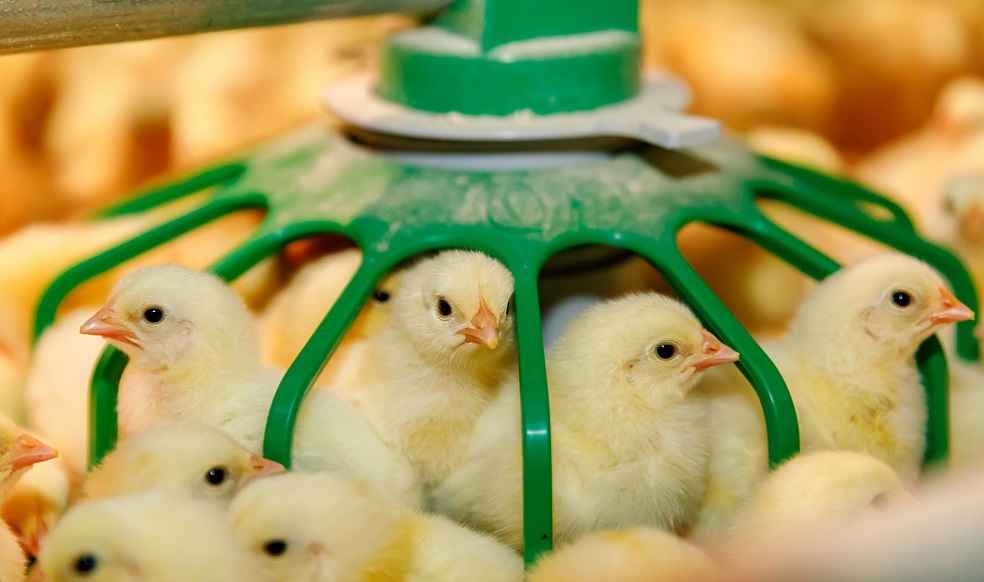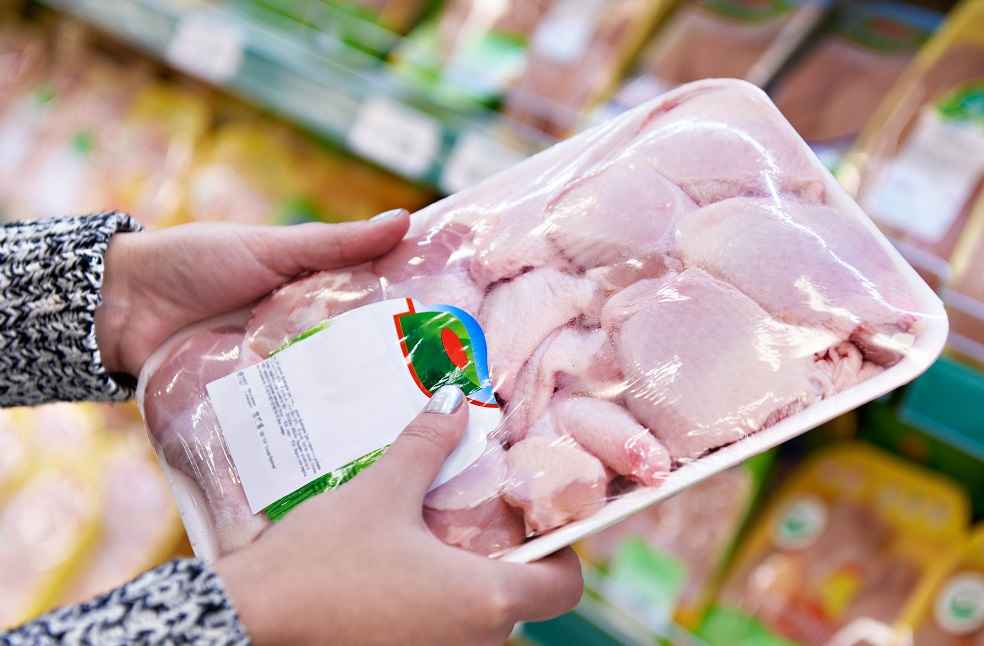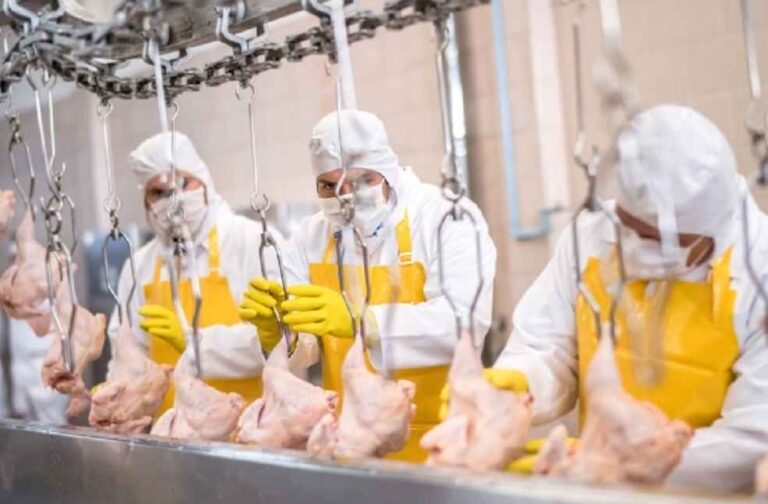Russia secured a position among China’s top three poultry meat suppliers in 2023. Data from Agroexport, a Russian agricultural export facilitator, indicates that Russia contributed 10.5% to China’s poultry imports last year, amounting to nearly 1.2 million tonnes. This upswing sets the stage for further expansion in export volumes over the coming years, underscoring a strategic shift as Russia leverages new opportunities in international markets.
The focus on the Chinese market by Russian poultry exporters is pronounced, with 56% of Russia’s exports outside the post-Soviet bloc targeting China, according to the Russian Union of Poultry Farmers. This trend emphasizes China’s critical role in Russia’s poultry sector and coincides with a decline in the market share of traditional suppliers such as the United States. Daria Podymova, head of the foreign trade department at the Russian Union of Poultry Farmers, links this shift to a significant reduction in U.S. poultry sales, precipitated by multiple outbreaks of highly pathogenic avian influenza.

The Chinese poultry market presents unique challenges, including economic fluctuations and a transition towards ready-to-eat food products, which reshape consumer demand and the market structure, presenting obstacles and openings for foreign suppliers. Despite these challenges, Podymova notes the continued reliance of the Chinese poultry industry on imports, potentially benefiting Russian exports, particularly through the establishment of new sales avenues.
A noteworthy element of these evolving trade dynamics is the emphasis on poultry by-products. Konstantin Korneev, executive director of Rincon Management, highlights the growing Chinese importation of poultry and pork by-products, such as paws and wings, which face higher local demand than supply. This shift affords Russian companies an exceptional opportunity to transform poultry parts, often discarded in other markets, into valuable commodities.

Recent negotiations between Russian and Chinese trade delegations have sparked further interest, with several Chinese companies signaling a desire to boost their imports from Russia. Agroexport cites Beijing Xinshengbaili Trade, a notable trader, pledging to import 100-200 containers of Russian meat products annually in the foreseeable future.
As the landscape of global poultry trade continues to evolve, the burgeoning partnership between China and Russia in this sector stands to influence market trends and strategies among the world’s foremost poultry producers.



